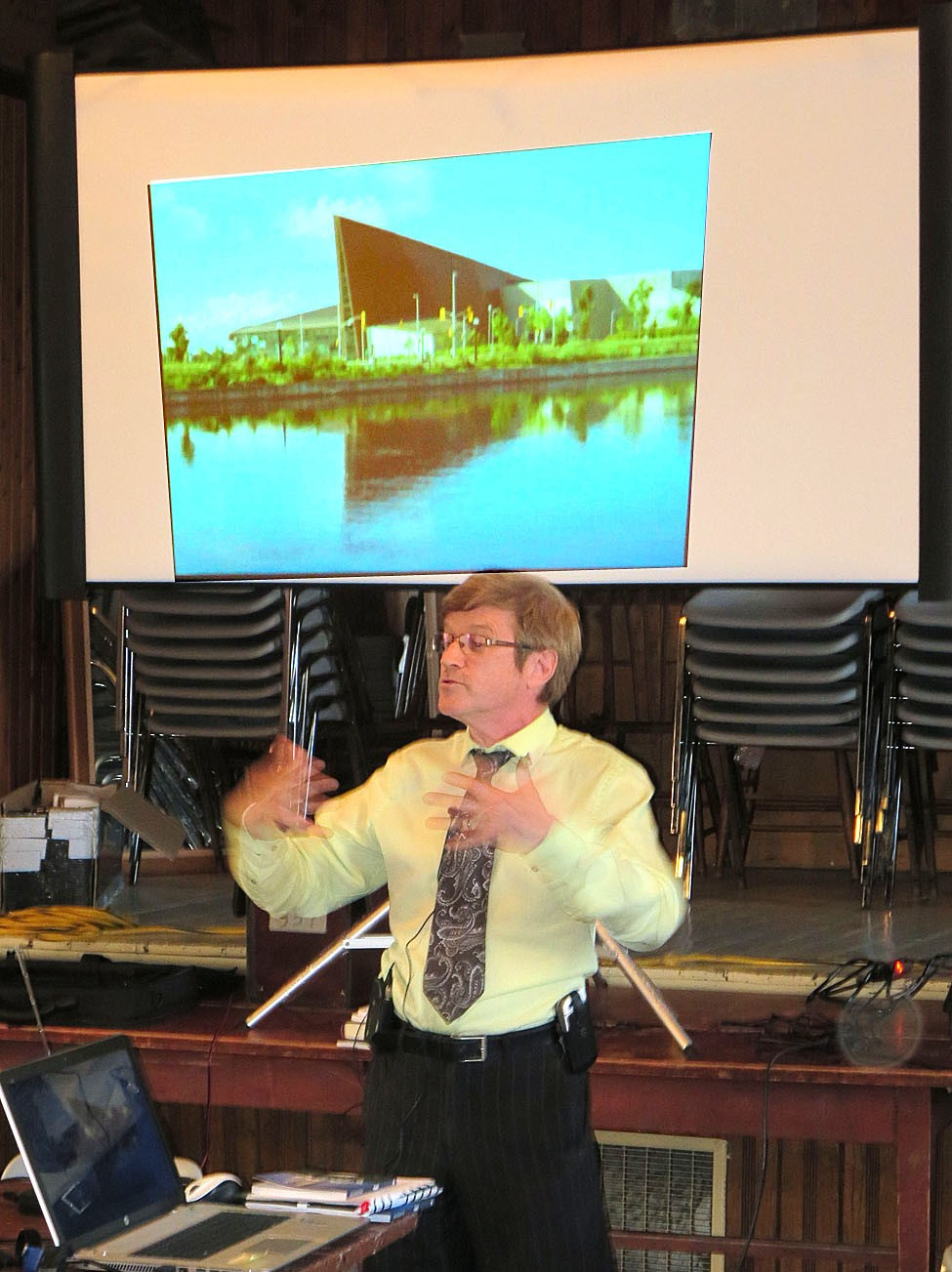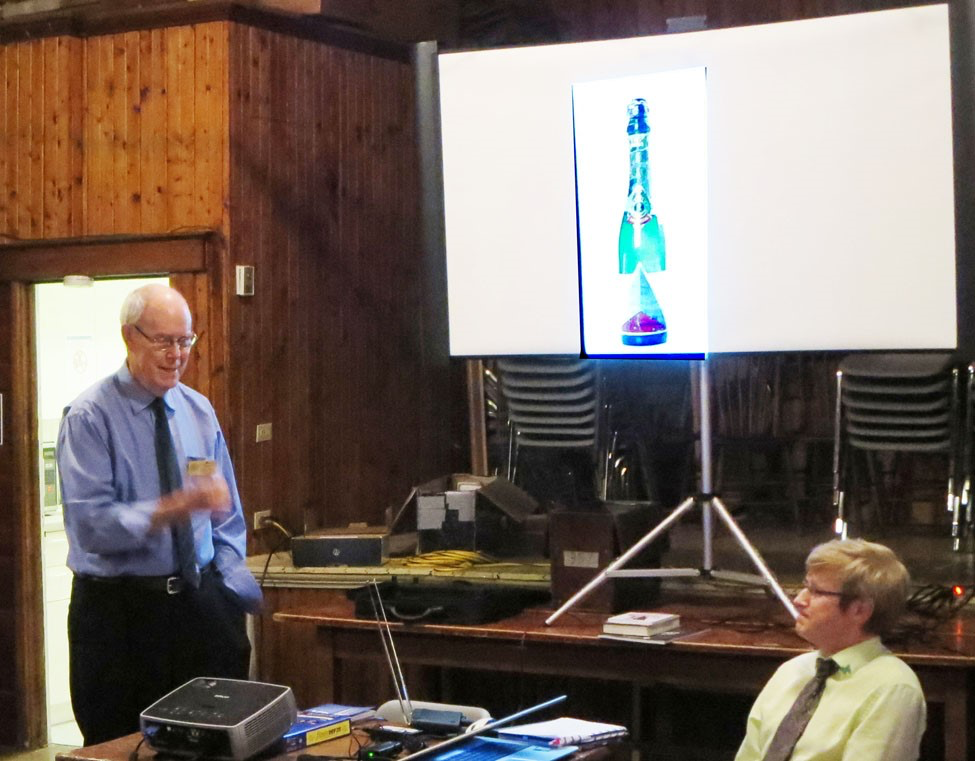Development of the War Museum Exhibit on Vimy Ridge
Presentation by Tony Glen. Article by Jane Anderson. Photos by Owen Cooke. May, 2017.
Brian Earl introduced our speaker, Tony Glen.
Tony, Director of Exhibitions, Creative Development and Learning at the War Museum, filled in for Jim Witham who had to cancel at the last minute. Actually Tony was only a few days from retirement and has since done so. Our thanks to Tony for helping us out on such short notice.
Mr. Glen gave us a fascinating account of how the War Museum, and particularly the current exhibition which focuses on the Battle of Vimy Ridge, has come to reflect the history of our country as it has been shaped by military events.
The old War Museum was devoted to a collection of late 19th century souvenirs from Militia units, and memorabilia from WW1 and 2. The present curators of the collections have the objective of making the War Museum a museum of social history, and of making the facts come to life.
The 100th anniversary of the Battle of Vimy Ridge was a stimulus to explore why the battle was such a pivotal event in the history of Canada. Vimy Ridge was actually part of the larger Battle of Arras. That battle was going poorly when the Canadians made a tactical victory in succeeding in taking Vimy Ridge. It was a welcome bit of good news to British General Byng and Canadian General Arthur Currie despite the terrible losses.
At the end of the War, it was decided to honour those Canadians who had lost their lives; 66,000 out of 600,000 who had served out of a Canadian population of seven million. There was a design competition, with twenty finalists. The leader of the Canadian forces, Arthur Currie’s first choice was to locate the memorial at Hill 60 in Belgium. However, he was overruled by Prime Minister MacKenzie King. Walter Allward won the honour of designing the memorial.
One of the best preserved battlefields of WW1, the Vimy Memorial stands majestically over the plain. Within the memorial, four figures represent grieving parents, and the virtues of peace, justice and truth. In the centre of the monument, there is a representation of a torch being passed. In addition, Walter Allward engraved the 11,000 names of men missing in action with no known graves ; men who lost their lives both at Vimy and at other battles.
The War Museum has responded to the challenge of how to remember and commemorate those lost in war. The 3582 soldiers killed at the Battle of Vimy are shown on a simulated battlefield , activated by the observers.
In 1936, for the unveiling of the Memorial at Vimy Ridge, there was a pilgrimage of veterans and family members . It was a time of grieving and healing, and recognition of the contributions. It also promoted a sense of Canadian nationalism, and a wish for peace. During WW2, it became a symbol of the sacrifices that had been made and in its own way, a propaganda tool. Prime Minister Lester B. Pearson quoted Brigadier General Alexander Ross who said that the Battle of Vimy ridge symbolized the birth of a nation.
The French traditionally have been more concerned with the greater Battle of Arras. Interestingly, on the walls of our Senate Chamber, there are eight scenes by British war artists from that battle, seldom seen by ordinary Canadians. It is hoped that these paintings may be hung at the War Museum during the upcoming Senate renovations. Bill Tupper thanked Mr. Glen, and congratulated him upon an excellent representation.


